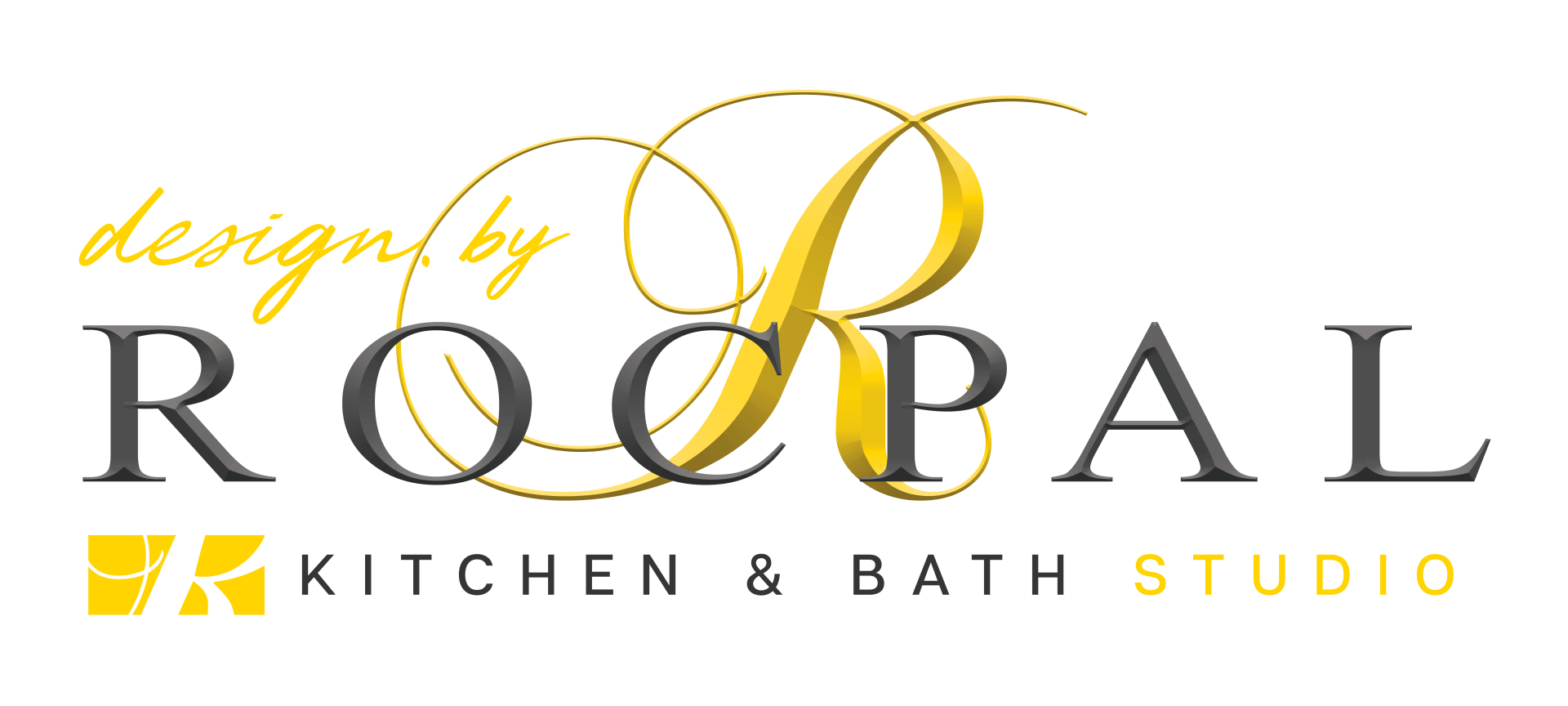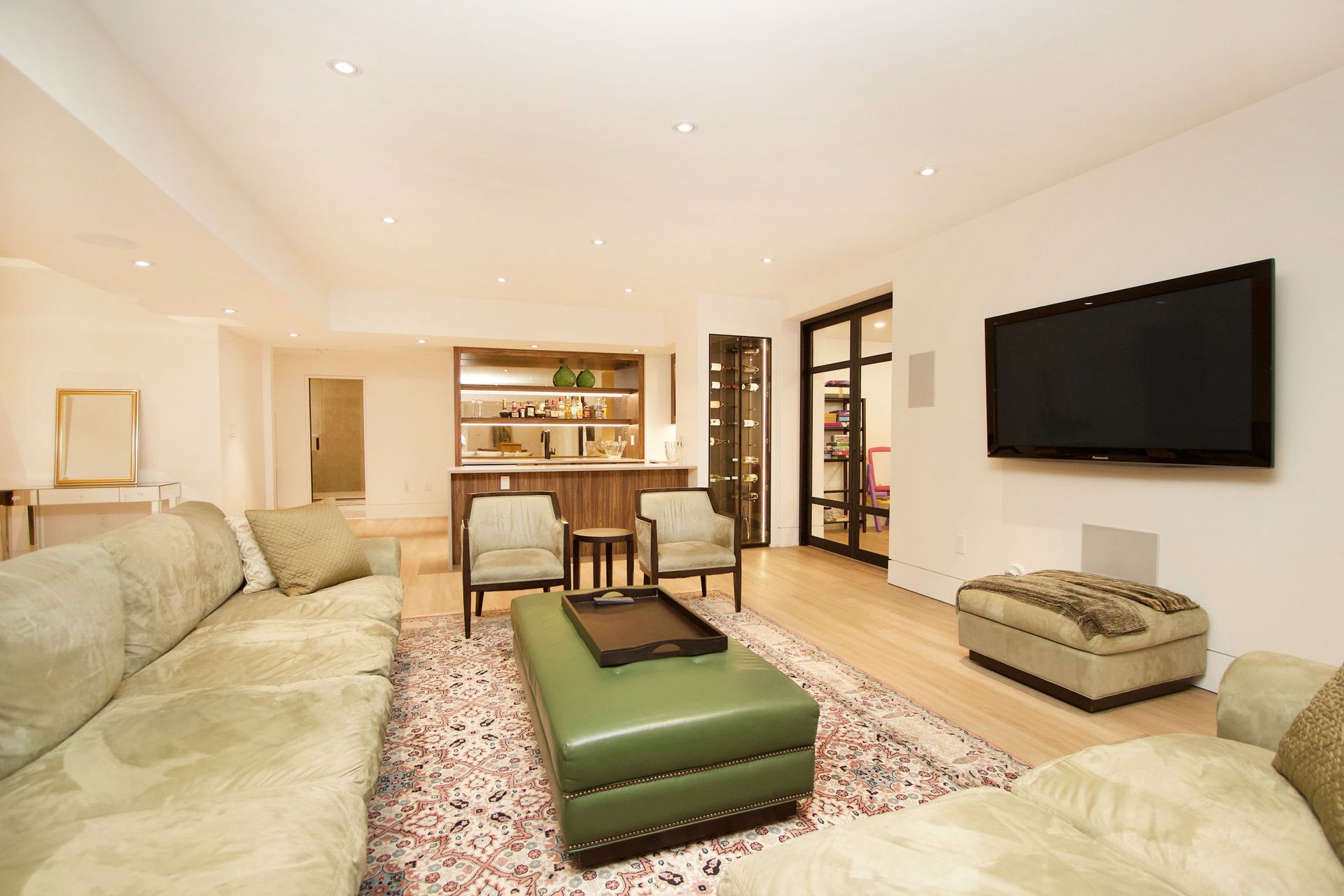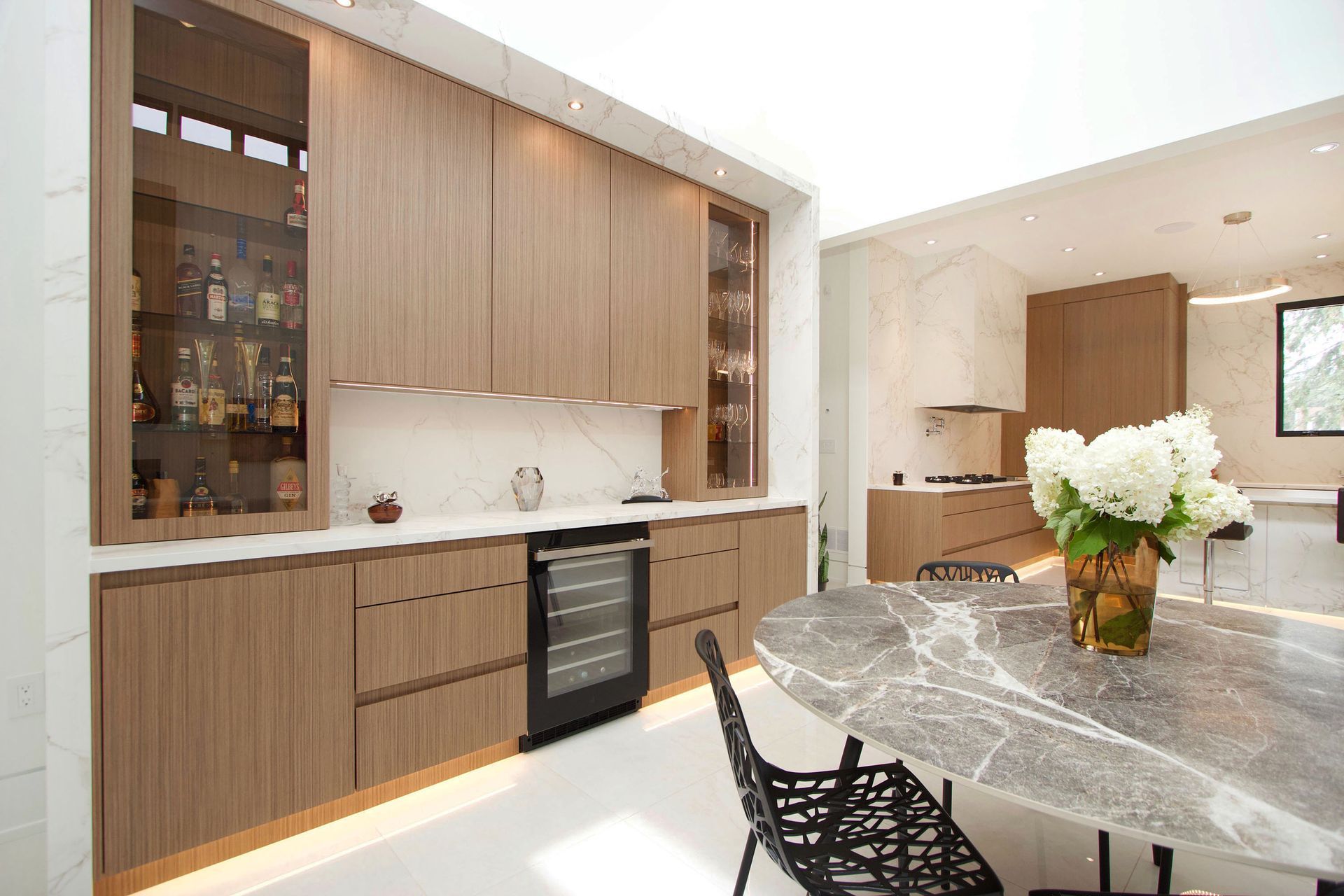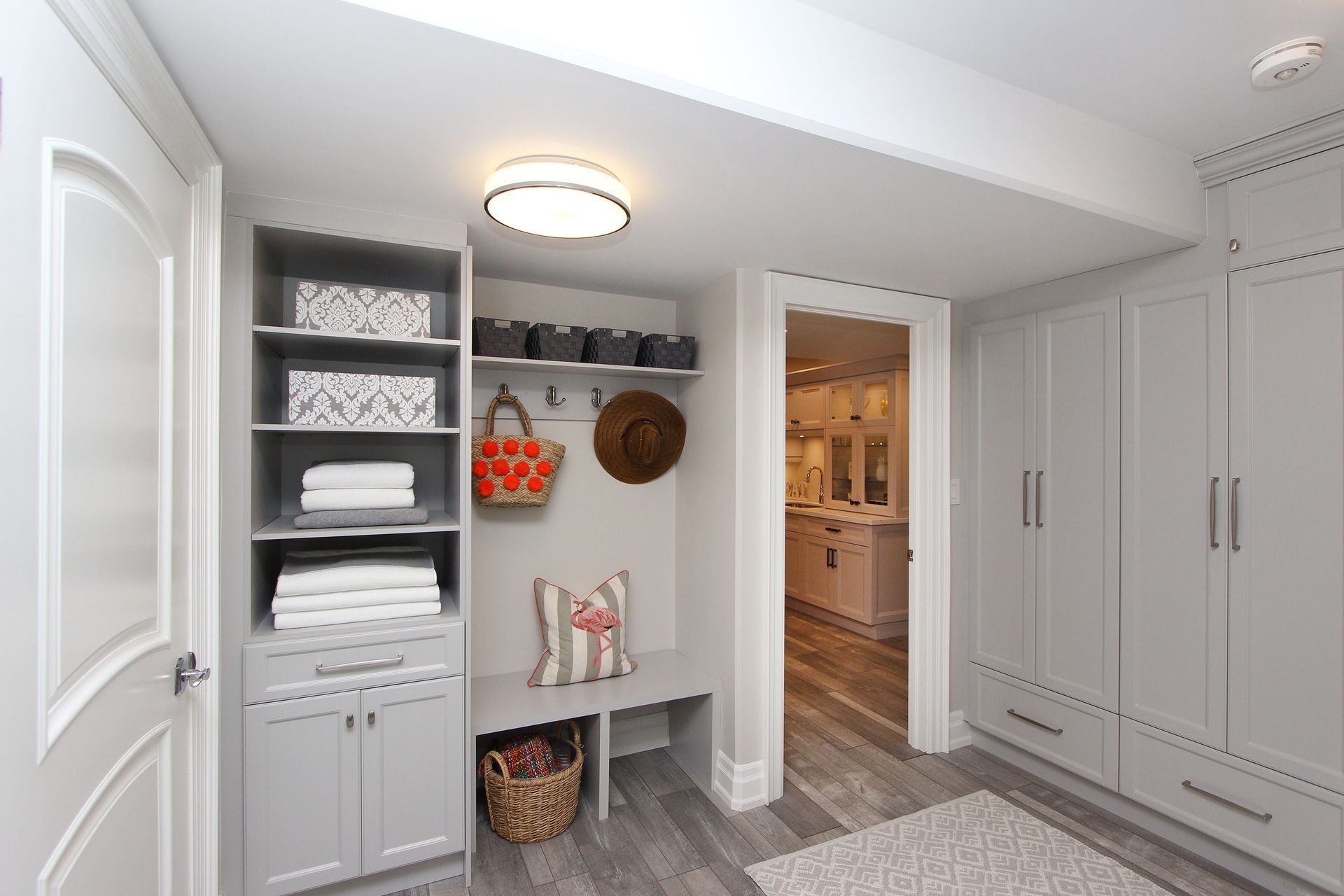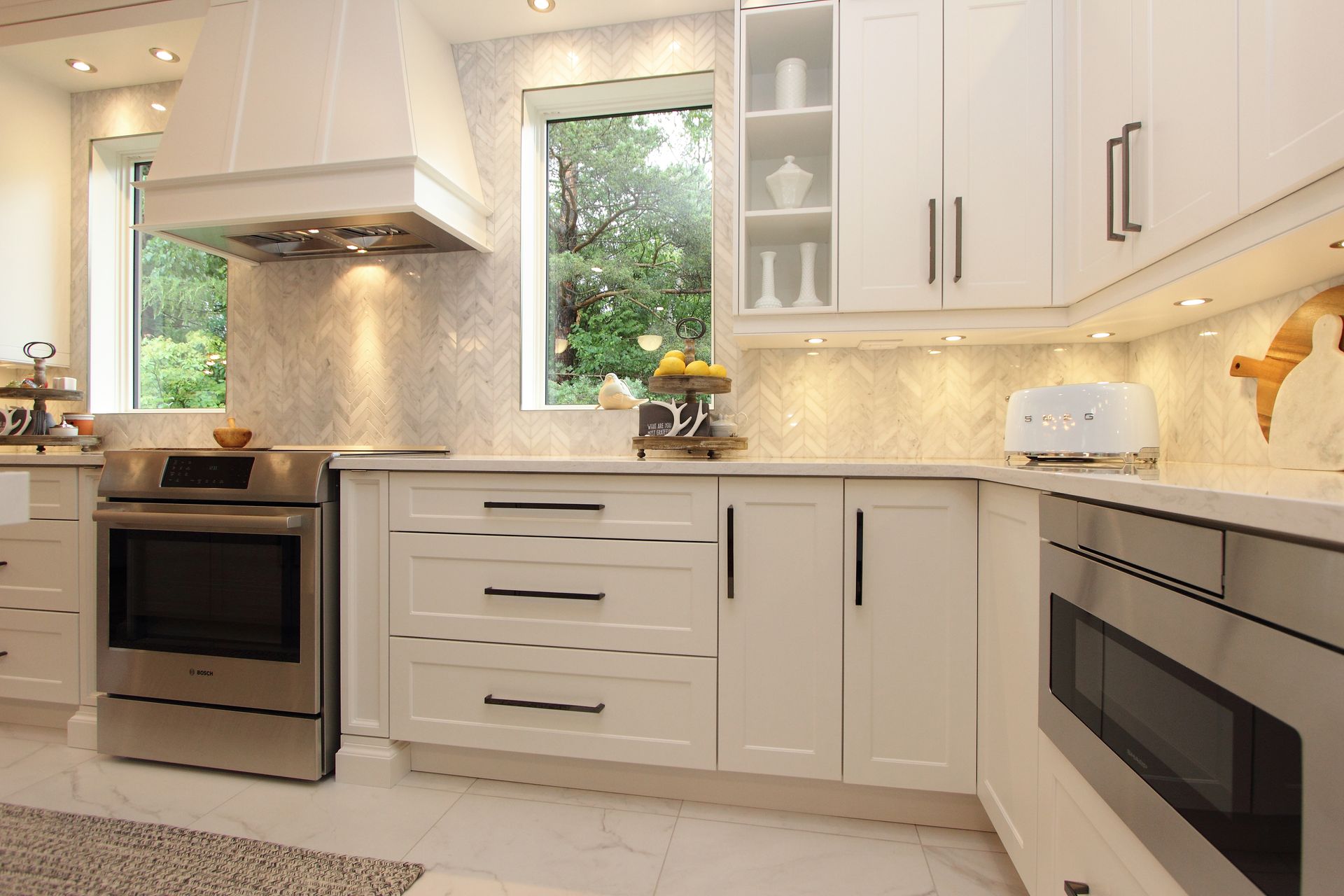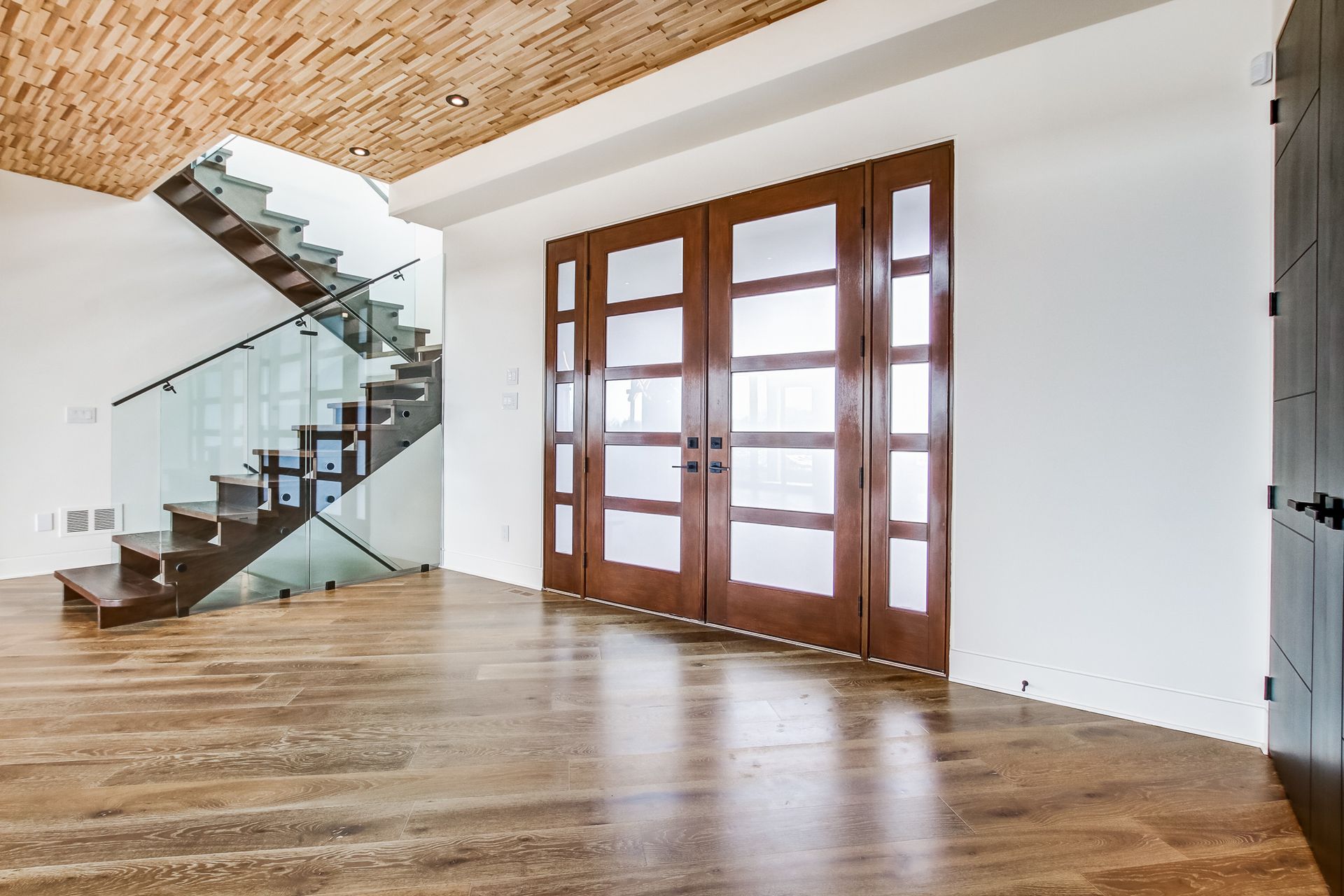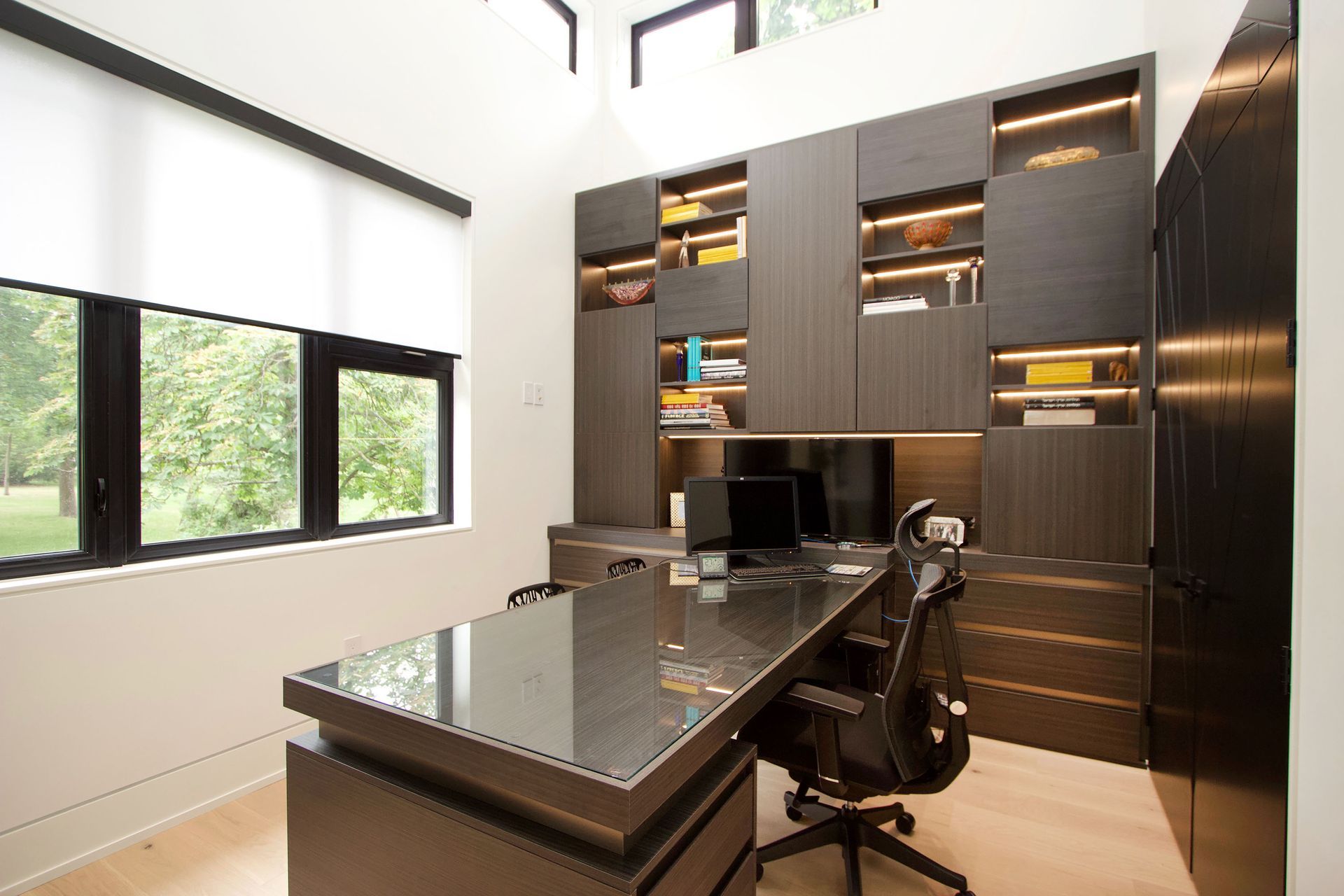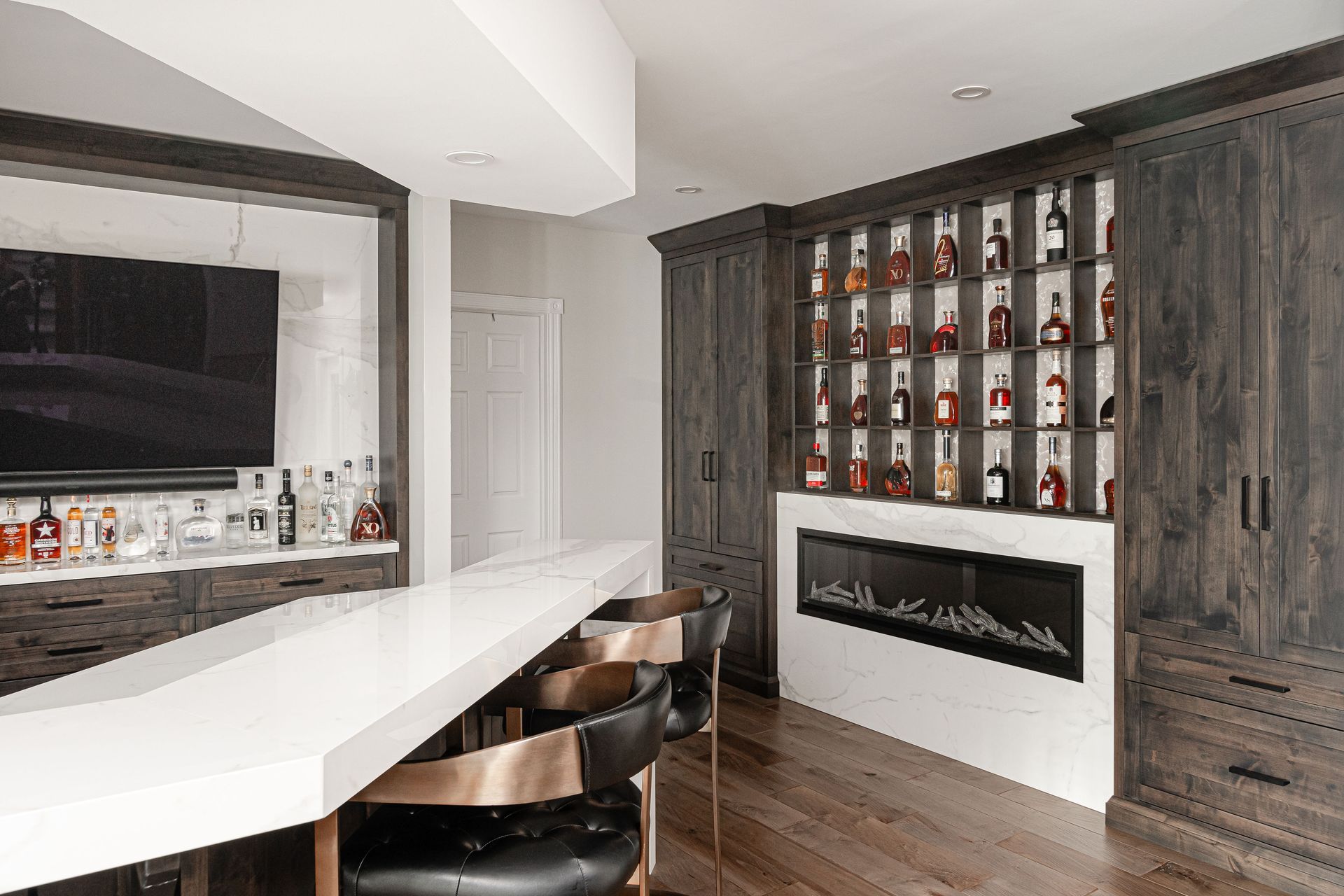Top 5 Home Renovation Trends in Toronto for 2025
Toronto homeowners are embracing a new era of renovation that isn’t just about improving aesthetics—it’s about enhancing lifestyle, sustainability, and smarts. In a city where design-forward living meets practical urban demands, 2025 is shaping up to be a year of bold moves, thoughtful functionality, and tech-savvy upgrades. Whether you’re planning a full-scale renovation or refreshing your space to reflect the times, these five concepts are defining the pulse of Toronto homes in the new year. You’re not just updating your home—you’re elevating how you live.
Smart Home Integration is the New Standard
Forget futuristic—smart homes are officially the new normal in Toronto’s renovation scene. It’s not just about having a voice assistant anymore. In 2025, the most in-demand renovations are integrating comprehensive smart systems that anticipate needs, reduce energy waste, and create seamless control over every aspect of daily life.
Imagine walking into your home after work and your lighting, thermostat, and music are already adjusted to your preferences—without you touching a thing. That’s not sci-fi. That’s where we are. Voice-controlled hubs like Alexa and Google Assistant have leveled up. We’re talking about AI-driven customization that syncs with your schedule, your energy use, and even your grocery list.
Homeowners are going all in with energy monitoring tools that track real-time consumption, offering granular data on what’s draining your power and what needs adjustment. These systems pair beautifully with solar panels and battery storage, helping Torontonians lower their environmental footprint while saving on monthly bills.
Automated security is also taking center stage. Video doorbells were just the beginning. Integrated smart locks, motion-detecting cameras with night vision, and remote-controlled alarm systems are now must-haves, not extras. These systems are not just about safety—they offer peace of mind, convenience, and an undeniable feeling of control.
It’s the era of effortless living, and Toronto homeowners are leaning in hard. No more toggling light switches or adjusting thermostats manually. The smartest homes in the city are running like well-oiled machines, all from a single tap or a spoken word.
Sustainability is a Statement
Toronto’s design-forward homeowners are waking up to the fact that style and sustainability aren’t mutually exclusive—in fact, they’re better together. In 2025, eco-conscious renovations are not just a trend; they’re a movement. The push toward green living is being led by homeowners who care deeply about both the environment and the materials they live with.
Recycled and upcycled materials are everywhere right now. Think reclaimed wood for flooring and shelving, countertops made from crushed glass, and tiles crafted from recycled porcelain. These aren’t just good for the planet—they bring a texture and character to a space that can’t be replicated by mass-produced products. It’s about choosing pieces that tell a story and layering them into your home’s design in a way that feels grounded, global, and rich with intention.
Solar panel installation is at an all-time high in Toronto, especially as local incentives and rebates continue to make them more accessible. But 2025 renovators are going beyond panels. Home batteries that store solar energy, thermal heating systems, and high-efficiency appliances are becoming the gold standard for anyone serious about eco-renovation.
Rainwater harvesting systems are also making a comeback—with a twist. Today’s systems are sleek, efficient, and fully integrated into landscaping and plumbing design. Homeowners are using collected water for irrigation, toilet flushing, and even laundry, reducing their water consumption and utility costs with flair.
Going green doesn’t mean sacrificing sophistication. Quite the opposite. It’s becoming a badge of pride in Toronto’s most stylish neighborhoods. Renovation pros are now expected to understand sustainability inside and out, and homeowners are looking for materials and systems that reflect their values without compromising on aesthetics. This isn’t performative—it’s progressive, and it’s beautiful.
Open-Concept Living Has Matured
We’ve been obsessed with open-concept living for years, but in 2025, it’s no longer just about knocking down walls. It’s about doing it thoughtfully, intentionally, and with a deep understanding of how people want to move through their space. Toronto homes are getting smarter, sleeker, and more social—and that means open layouts that are curated rather than chaotic.
The new open concept is about flow with function. Sightlines matter. Natural light matters even more. Homeowners are opting for strategic glass partitions, statement staircases, and dropped ceilings to subtly define space without sacrificing openness. Kitchens bleed into dining rooms, which blend into living rooms, all anchored by consistent flooring, cohesive palettes, and multipurpose furniture.
Designers are using texture to define zones. You’ll see homes that seamlessly transition from herringbone hardwood to oversized terrazzo in an open area, creating invisible boundaries that still keep the space fluid. Area rugs, layered lighting, and custom millwork all play a role in zoning spaces without closing them off.
This evolution of open-concept design reflects how people are living now. We want spaces that are adaptable—perfect for hosting friends one weekend and working from home the next. Toronto’s condo dwellers are especially drawn to these concepts, using strategic design to make compact spaces feel luxurious, bright, and expansive.
This isn’t about opening things up for the sake of it. It’s about creating flow, conversation, and flexibility. The best open-concept homes in Toronto right now feel like galleries that still hold soul—crafted, clean, and ready to evolve.
Multi-Functional Spaces are the Urban Power Move
If there’s one lesson the past few years have taught us, it’s that our homes need to do more. Toronto’s urban homeowners are rewriting the rules with renovations that turn every square foot into an opportunity. In 2025, multi-functional is the name of the game—and it’s not just a clever trick, it’s a lifestyle.
Gone are the days of single-use rooms. Home offices double as guest rooms with hidden Murphy beds and acoustic dividers. Kitchens aren’t just places to cook—they’re podcast studios, virtual classrooms, and sometimes, cocktail bars. Basements? No longer neglected. They’re being transformed into home gyms, wellness sanctuaries, cinema lounges, and rentable suites that bring in extra income.
Multi-functionality is also about aesthetic agility. Designers are using built-in storage, modular furniture, and convertible layouts to let spaces shift from day to night, work to rest, or personal to public. Think foldaway desks, sliding doors that vanish into the wall, and kitchen islands that expand into dining tables.
Toronto’s homeowners are savvier than ever, especially in high-density areas. They're demanding floor plans that stretch to meet their needs—whatever those needs are at the moment. And builders and architects are listening. Renovation plans are starting with one big question: “What do you need this space to do for you?” And then delivering answers that feel like magic.
The beauty of this idea is that it doesn’t sacrifice form for function. In fact, when done well, these spaces look even more polished because every detail is considered, every element is deliberate. Efficiency is the new luxury, and Toronto is leading the charge.
Bold Colors and Texture Are the New Minimalism
Minimalism is out. Let’s be clear—2025 in Toronto is all about expressing individuality through color, texture, and fearless design choices. Neutrals aren’t going extinct, but they’re taking a back seat to richer, more tactile interiors that are bursting with personality. The best renovations this year are daring, sensory, and anything but boring.
We’re seeing a wave of deep greens, saturated burgundies, and electric blues dominating everything from cabinetry to walls. These shades aren’t accents—they’re headliners. Painted ceilings, colored grout, and moody millwork are making statements in rooms that would have been plain white just a few years ago.
But it’s not just about color—it’s about how spaces feel. Textured walls, curved furniture, and layered materials are everywhere. Plaster finishes, fluted wood, and natural stone are being used to create depth and warmth, while velvet, boucle, and leather bring a luxurious tactility to everything from sofas to headboards.
Toronto’s design-forward homeowners are no longer afraid to make bold decisions. They’re commissioning custom murals, investing in statement lighting, and leaning into maximalist patterns with the confidence of a city that knows it’s at the forefront of global design. This isn’t about following rules—it’s about setting them.
